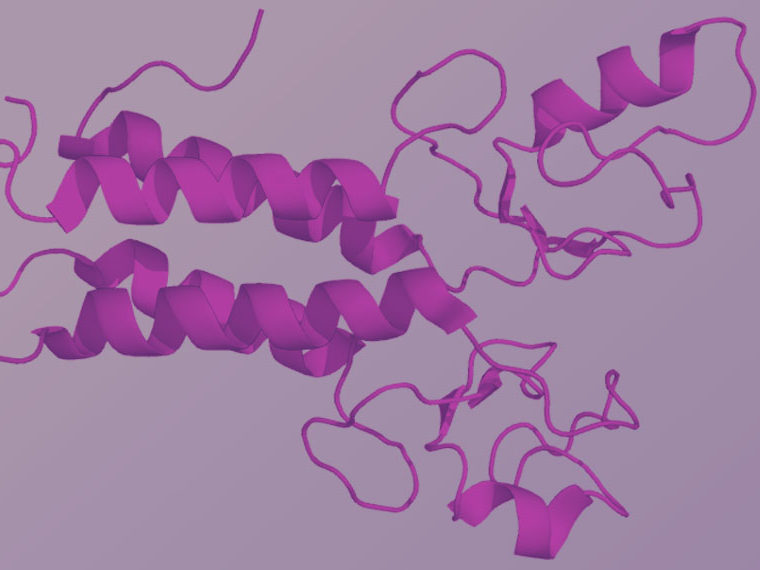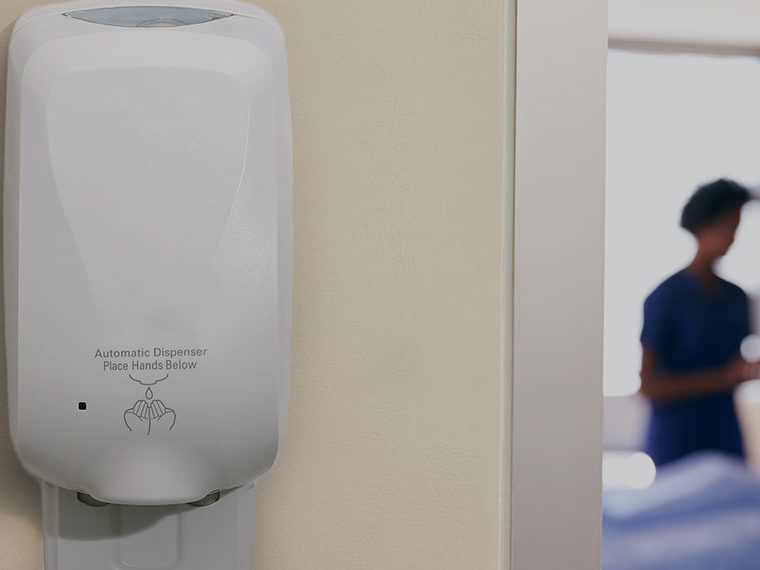Pharmaceutical companies are better able to identify promising new applications for existing drugs
Gene mapping data from publicly funded cancer research profoundly influenced drug company testing decisions, guiding them more quickly toward the most promising treatments and away from costly failures, according to a working paper by UCLA Anderson’s Jennifer Kao. The genetic information revealed in public studies led to improved patient outcomes in advanced clinical trials, as well as higher investment returns for pharmaceutical companies, the findings suggest.
Kao’s study follows the for-profit use of data from 168 large-scale research projects that link specific gene mutations to specific cancers. Findings from the projects, which are overwhelmingly publicly funded, are systematically publicized to encourage further research into cancer diagnosing, treatments and cures. Kao compares pharmaceutical company investment in phase II drug trials for specific cancers between 2004 and 2016, before and after the projects revealed related gene-cancer pairs.
Data from a public project increased the likelihood that a drug company would pursue phase II drug trials for related disease by almost 50%, according to Kao’s study. Without the public project results, pharmaceutical companies would have run 97 fewer drug trials and won 15 fewer drug approvals, Kao estimates.
The public data is especially useful for identifying similarities in cancers once thought to be distantly related, suggesting that the two cancers may be susceptible to the same drugs. For example, public studies found that an aggressive form of prostate cancer is caused by a gene mutation commonly associated with gene mutations seen in breast cancer.
As a result, pharmaceutical companies ramped up testing of older drugs to look for new uses. The likelihood that companies would start new clinical trials for previously approved drugs rose 140%, according to the study.
Drugs that failed clinical testing for effectiveness on one disease also were reconsidered more often as possible treatments for others. The likelihood of clinical trials on these drugs rose 54% when related gene-cancer pairs were discovered, Kao’s study finds. However, project findings did not appear to influence company investment in never-before-tested drugs.
Costs, both human and corporate, fell with the availability of gene-cancer pairs, because the data led the companies to stop inauspicious trials earlier. “Clinical trial failures are expected, and one indicator of success is a firm’s ability to ’fail quickly,’” Kao’s study explains.
Cancer drugs that did advance to phase III testing were 40% likelier to report significantly improved patient survival rates, the study finds, which suggests better chances for eventual FDA approval. (Kao’s study ended before most of the drugs completed required testing.) When information from public research was available, the companies raised the bar for continuing trials into phase III; they required higher rates of patient survival and tumor shrinkage.
The gene mapping studies Kao considers are the largest cancer research projects spun out of the Human Genome Project, a decades-long international effort funded mainly by governments.
With the sequence complete by 2003, projects such as The Cancer Genome Atlas began to look for gene mutations that cause cancer. Findings from these public studies, which involve cancer patients and research facilities around the world, are often discussed at conferences shortly before the papers are published.
Kao notes several reasons that publicity about the project findings might have made little difference to for-profit new drug development strategies. The companies may have already been aware of the gene-cancer pair through their own research efforts. Or they may shy away from development based on the findings, fearing public availability of the data would encourage too much competition for related drugs.
Instead, news from public projects may have led pharmaceutical companies to invest millions more in clinical trials for drugs designed to treat related cancers, according to Kao’s findings. For example, in 2010, The Cancer Genome Atlas project released data identifying BRCA gene mutations that underlie more than 300 particularly deadly ovarian cancer tumors. Kao’s finding suggests that information may have shaped firms’ decisions to invest in drug trials involving patients with BRCA gene mutations.
By expediting the end to trials with weak results, the public information likely saved the companies considerable amounts of time and money. It takes about 10 years and $2.6 billion to move a drug through the required clinical trials and the FDA’s approval process, Kao notes. Only 12% of drugs that begin clinical trials ever get to market.
Cancer is the second leading cause of death in the U.S., and the search for preventions and cures is a costly public mission. The National Cancer Institute, the main entity for coordinating research and distributing taxpayer funds for studies in the U.S., had a fiscal year 2019 budget totaling $5.94 billion. Government agencies in other countries also spend heavily on cancer research.
Kao’s study addresses questions about the role publicly funded research — which often consists of basic science studies that do not directly produce treatments — plays in furthering private company profits, and the public good generally. Similar studies find that National Institute of Health grants made directly to pharmaceutical companies for research and development also lead to more approved drugs.
Featured Faculty
-
Jennifer Kao
Assistant Professor of Strategy
About the Research
Kao, J. (2019). Charted territory: Evidence from mapping the cancer genome and R&D decisions in the pharmaceutical industry.






